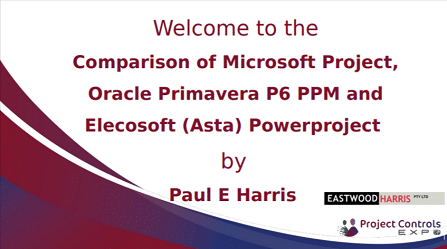A Capital Project has, by its intrinsic nature, a complex environment where plenty of deliverables and expectations ought to be achieved. However, data has been shown that Capital Projects, especially Megaprojects, fail so often. Governments and entrepreneurs crave to know which are the key strategies to deliver a successful Megaprojects. Despite the fact that, most probably, there is no ultimate answer to this intriguing question, a wide range of tools and techniques have been developed throughout the years, for instance the established FEL methodology.
It is said that any company that has ever undertaken a capital project, especially complexes one, knows that they practically take longer and cost more than expected. In fact, a research from CII (Construction Industry Institute) that analyzed the performance of 975 projects from industry found that only 5.4% projects met “best in class” predictability in terms of cost and schedule.
Despite a wide range of tools and techniques have been developed throughout the years, infrastructure and industrial projects’ managers keep struggling to deliver virtuous performance. Hence, one might ask if there may be a silver bullet. Despite the fact that, most probably, there is no sole silver bullet, alternative ways of delivering projects have been emerging as a possible approach to increase the rate of projects success, such as the collaborative frameworks, for instance IPD (Integrated Project Delivery) or FAC-1 (Framework Alliance Contract).
The idea behind collaboration is to integrate as a one different parties in a framework that not only would be possible to work jointly but also to incentivize teams, systems, business structures, practices and process to work collaboratively to optimize project results, increase value to the owner, and maximize efficiency through all project lifecycle and its supply chain.









